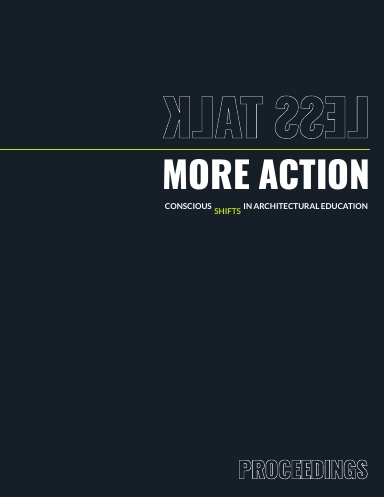Author(s): Linda Samuels & Bomin Kim
In April 2019, the National Geospatial Agency (NGA) revealed its latest plans for their NGA West campus in north St. Louis which includes one 712,000 square foot office building, a “visitor control center” and two parking garages. On 92 acres of land in the heart of a historic neighborhood, claiming to be a “project that will transform a swath of [the city] hollowed out by decades of disinvestment,”1 this announcement fails to report the entire eradication of the neighborhood, whose last homes were razed to make way for the NGA, or the urban renewal, shady real estate transactions, and malignant neglect that instigated and perpetuated the neighborhood’s demise. To add insult to injury, the new NGA will sit adjacent to the old Pruitt Igoe site, the infamous failed housing project that hoped to rejuvenate the neighborhood but ultimately contributed to the gutting loss of over 80% of the area’s population. 2 Dr. Mindy Fullilove calls this unwelcome displacement, and its larger version perpetuated by the pandemic of urban renewal, root shock. 3 But the NGA West project and hundreds of projects like it in the country perpetuate discriminatory practices of urban renewal under the name of economic development and prolong the neoliberal paradigm that prioritizes development dollars over all other goals. Under this encompassing agenda, consideration of social and environmental costs – both visible and invisible – are not typically part of the equation.
https://doi.org/10.35483/ACSA.FALL.19.36
Volume Editors
Amy Larimer, Deborah Berke, Diana Lin, Drew Krafcik, John Barton & Sunil Bald
ISBN
978-1-944214-24-1

 Study Architecture
Study Architecture  ProPEL
ProPEL 
